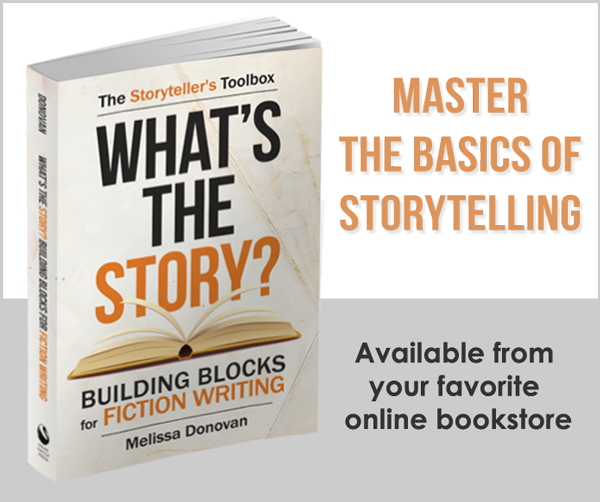Today’s storytelling exercise is an excerpt from my book, Story Drills: Fiction Writing Exercises, which helps beginning to intermediate storytellers develop skills in the craft of fiction writing. This exercise explores one of the most important elements of any story: plot. It’s called “Plot Analysis.” Enjoy!
Plot Analysis
Some readers think analyzing a plot takes the fun out of reading a story. They believe that if you reveal the inner workings and structure of a story, some of the magic and mystery will fade away.
On the other hand, revealing the bones of a plot can inspire greater awe for the art of storytelling and can be educational and informative for aspiring storytellers.
Consider professionals like watchmakers or computer engineers or surgeons. Before they fix watches, build computers, or heal patients, they study the inner workings of their subjects. Watchmakers dissemble watches and study their parts. Computer engineers take computers apart to see how they are put together. Surgeons perform dissections in order to fully understand physiology.
Storytellers benefit from doing the same.
When you dissect and analyze a plot, you can see how and why it works. You can see strengths and weaknesses in the construction. This newfound knowledge will inform your work, imparting the skills you need to tell better stories.
Study:
Choose a story you’ve read, and conduct an analysis using the following guide:
- Write a summary of the central plot in 250 words or fewer.
- Break the story into three acts, using a single sentence each to describe the setup, conflict, and resolution. Note the inciting incident.
- Create an outline, listing all important actions within the story that move the plot (and subplots) forward. If you’re working with a long-form story, such as a novel, outline the first few chapters. Does the outline reveal new insights into the story? Can you see how the plot is structured?
- How are the characters or the story world different at the end? What has changed?
- What does this story mean? Identify the motifs and themes.
- Write a logline for the story.
- Write a critique of the story, identifying what objectively worked or didn’t work, and include commentary about your subjective response—what you liked and didn’t like.
Practice:
Now analyze one of your own stories. Use the seven questions above to evaluate a story you’ve written, and then based on your findings, write a page or two describing what you learned and how your story could be improved.
Questions:
Do you think analyzing stories is informative, or does it take the magic out of the stories you enjoy? Is it a little of both? How does analyzing stories improve your storytelling skills?






This exercise forces one to think logically about the written story. Did the characters’ actions push the story to its conclusion? Was the story more “plot” than character? Makes me deeply question the motives of my characters. Makes me see the difficulty of making characters more complex, and believable. Makes me ask my characters questions about themselves. Makes me listen to their answers.
That’s awesome, Tamara. I’m glad this helped you look into your story more deeply. Keep writing!